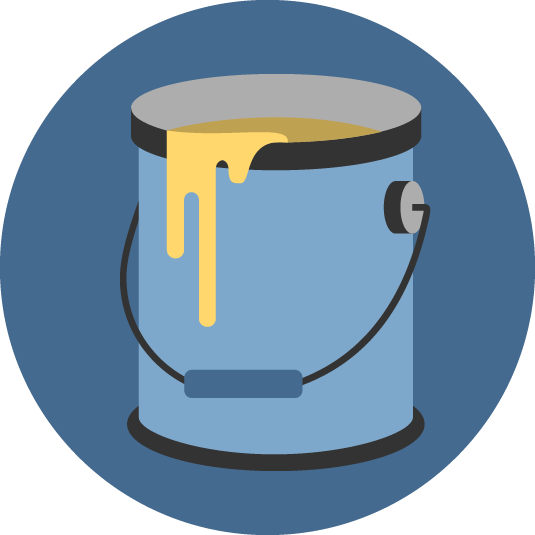Paints and coatings

If you are a household or individual looking for ways to recycle household paint, please go to 1-800-RECYCLE or visit the paint stewardship program.
What paints and coatings are dangerous waste?
Can businesses recycle paints and coatings?
Some waste solvents and paint thinners can be recycled. Recycling can save your business product and disposal costs. If your solvents or thinners can be recycled, you may do so on-site or at a recycling facility.
Recycle paints with PaintCare
Some businesses can take advantage of a paint stewardship program called PaintCare to recycle certain types of paint.
Use of the program depends on your generator status and type of paint (some types are accepted only from small quantity generators (SQGs)):
- Latex paint: Accepted from all.
- Oil-based paint: SQGs only.
- Paints that designate: SQGs only.
PaintCare does not accept all paints.
Check their website for a list of products PaintCare accepts and to find the nearest dropoff location
Have more than 100 gallons?
The program also offers pick-up service.
Frequently asked questions
Related links
Contact information
Need help?
Contact a dangerous waste inspector in your region



